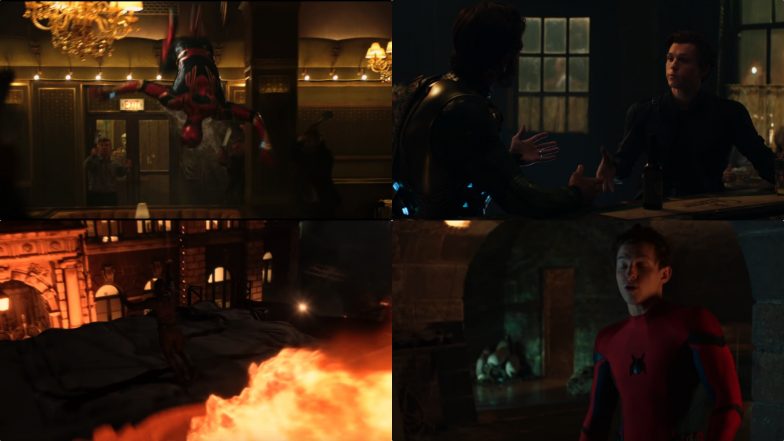

Next was the intermediate class, which cost five dollars a month, in which he only taught applications. he only taught the forms for the 64 Post-Heaven Palms and the Eight Pre-Heaven Palms. Gao Style Bagua Zhang - Circle Form C S Tang. Deftly interweaving his background in East Asian philosophy and history and his career in traditional Chinese medicine with his lifelong interest in the martial arts and military science, Bisio also presents examples of successful strategies from history’s great commanders such as Sunzi, Alexander the Great, Napoleon, and Mao Zedong. Suggesting approaches for cultivating a strategic mindset that can be applied to one's relationships, work, and personal self-fulfillment, Beyond the Battleground offers methods of adapting to circumstances, conserving one's own resources, and avoiding or dissolving conflict that will aid any reader navigating the uncertainties of the changing world, including the business person, military theorist, or martial artist. We discussed and shared many .ĭrawing on ideas from classical military strategy, the Yijing (Book of Changes), and Chinese martial arts theory, Tom Bisio presents a fascinating exploration of how insights from these sources can be deployed to manage crisis situations in all aspects of our daily lives. Wes Tasker helped me to formulate a relationship between the Yijing hexagrams and the 64 hands of Ba Gua Zhang. Translated by Nigel Sutton, who has studied with the Gao family since the early 1980s, The 64 Hands of Bagua Zhang helps readers fully understand this form of Bagua Zhang.Ĭlassic Strategies from the Yijing and Baguazhang for Managing Crisis Situations Tom Bisio. Clear photographs fully illustrate the movements of the complete form and practice drills. The heart of the book is the complete set of Liu Dekuan’s 64 techniques the solo forms are each explained in detail and then elaborated on to demonstrate their practical applications. Well known for his expertise in the 64 Hands form, Master Gao explains the history of the art, his family’s place in it, and the key principles for practice. In The 64 Hands of Bagua Zhang, author Gao Jiwu-the grandson of Gao Wencheng-brings these techniques to the English-speaking world. These techniques were collected and preserved by Master Liu’s disciple Gao Wencheng and his family, passed down from generation to generation. Liu Dekuan, a student of Dong Haichuan (the founder of Bagua Zhang), was one such master, devising a set of 64 techniques performed in straight lines.

The art of Bagua Zhang is best known for its circular forms, yet linear fighting techniques have been incorporated into Bagua practice by many renowned masters.


 0 kommentar(er)
0 kommentar(er)
